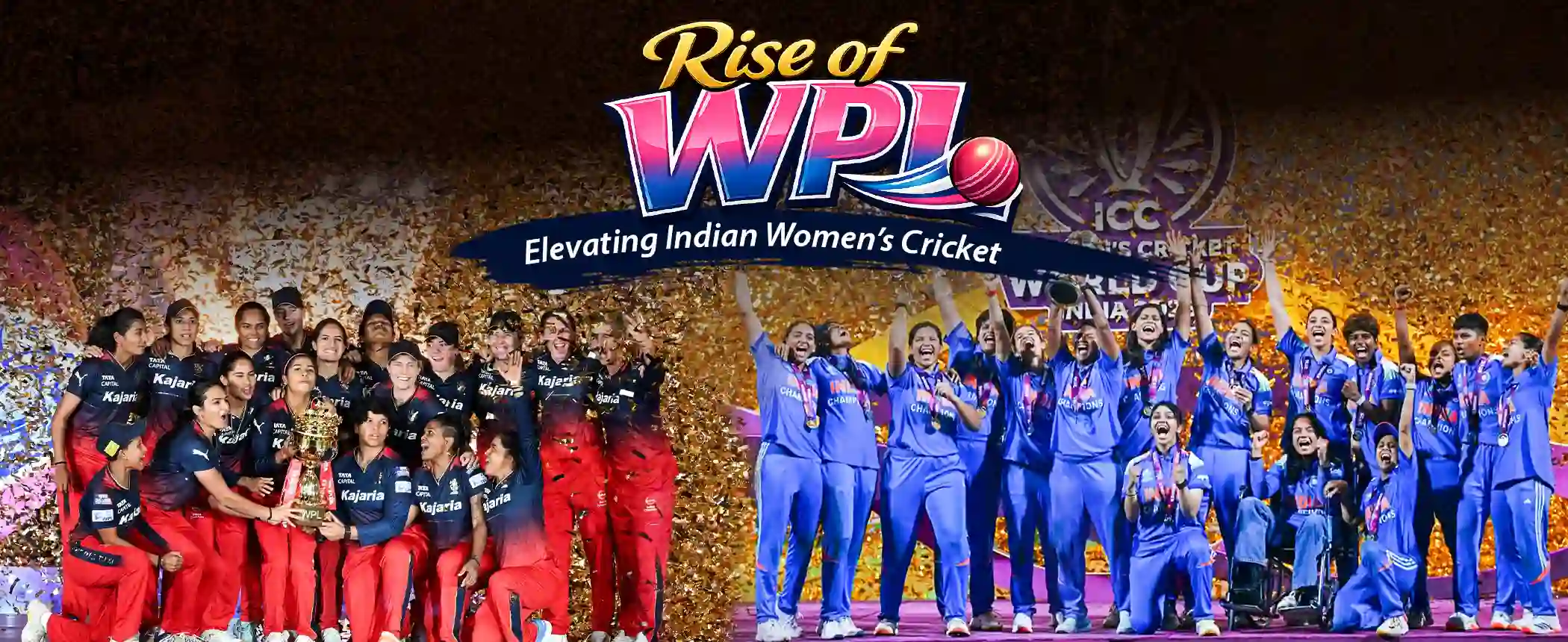Sports Management: Backbone of BCCI’s growth

Cricket, a bat and ball game played between two teams of eleven players in the middle of a 200-yard ground, is the first love of most Indians; men and women, girls and boys alike. Where boys and some girls love it for the sport, many like it for the sportsmen and the pseudo-patriotic feeling it generates.
However the magic is cast, one cannot deny its pull. It raises the question, how did a simple game with a bat and a ball become a national craze? While, the most obvious answer would be, the game and its momentum. However, there exists a shadow king; who is the root cause of the widespread love for the game-management AKA sports management.
To a novice, it may seem inconceivable that two contrasting subjects such as sports and management can collectively work towards a shared goal. However, not only they are similar to one another, but they are necessary for the successful rendition of the two. Sports use management principles like planning, organizing, strategizing, coordinating, etc. Whereas, the former is an excellent way to learn the latter with practical experience. For one to be a brilliant sportsman, in this case, cricketer, he or she needs to possess a skill set that management imparts.
A good example that can demonstrate the symbiotic relationship between sports and management would be the Board of Control for Cricket in India (BCCI), the national governing body for the nation’s most popular game. Since its inception in the year 1930, BCCI has worked towards systemizing the sport across the country. In turn, the proliferation of the game and its fans fueled the body’s eventual domination in the world of cricket. The mutual influence that BCCI and the sport have on one another is the biggest reason why the former, once struggling for funds, is, now, the cash cow for the International Cricket Council (ICC).
The governing body that once had its headquarters in the 500 square meter office in the Brabourne stadium, and ran its operations from the personal office of its presidents and secretaries, is, now, one of the richest cricket boards in the world. The considerable wealth is the reason behind BCCI being a decision maker in the international cricket world and the several allegations of monopolizing the game. However, the same would not have been possible without the propagation of cricket. Which, has sports management to thank for its success. In short, the relation between sports management, and the BCCI is akin to chicken and the egg.
Another aspect of BCCI’s growth that sports management has affected is through sports journalism and law. Sports journalism is, currently, the most sought after medium to propagate cricket. With live coverages by channels like Star India, ESPN, Ten Sports , BCCI continues to thrive off the public’s love for the game.
In the past, even when television broadcast was still a new subject and the only channel telecasting the matches were Doordarshan, sports journalism propagated the game by reaching to the masses through radios, newspapers, and TV. However, the true value of the television broadcast remained unknown to the BCCI until the South African tour to India.
Until the year 1992, the veteran TV channel Doordarshan broadcasted all the cricket matches held in India paying a negligible amount of money to the BCCI. It was in this year, ahead of the South African tour to India, that the governing body realized the value of television broadcast and how much revenue it can generate. Former BCCI joint secretary and GM of its game development section Prof. Ratnakar Shetty, during his speech at IISM, said, “One day the South African Broadcast corporation came forward, and offered to pay $ 200,000 for three matches.” Needless to say, since the incident BCCI has capitalized television broadcast to the maximum extent with tenders costing crores at present.
When one looks at law in sports, one will see how BCCI’s current dominance in the cricketing world affects the different rules that players and umpires have to follow. For instance, during a test match in 2008 against Australia, a wrong decision by the West Indies umpire Steve Bucknor against Tendulkar and BCCI’s displeasure on the same led to the Umpire Decision Review System (DRS).
The technology, then, was compulsory for all matches involving all the nations. However, when BCCI rallied against the same, the rule was changed to an optional use. This is one of several instances when the governing body’s global dominance has bent the rules.
Above all of this, what made the difference in the way BCCI functioned and viewed by the public was another management concept-Branding. It was the first chairman of the India Premier League (IPL), Lalit Modi, a successful businessman, that brought the governing body to the forefront.
During his five-year tenure at the BCCI, he promoted the body by initiating public relations and branding through logos and the whole enchilada. Which, resulted in the brand new image of the BCCI in front of the cricket loving citizens of India. However, it also came with its share of controversies and allegations through corruptions and money laundering scandals of its former presidents N. Srinivasan and Lalit Modi.
When you look at the history of BCCI, be it its contributions to cricket or the numerous scandals, sports management has played a pivotal role in its growth. From the increased presence of the game across the nation to the steel and glass office in the Cricket Centre at the Wankhede stadium. From the monetized television broadcast to undisputed domination in the international cricket space.
An efficient administration of the sport (cricket) by the BCCI lead to India being one of the big three in the cricketing world along with Australia and England. Needless to say, the governing body is only going to grow further in the coming years alongside cricket, and sports management is going to be its nutrition.













